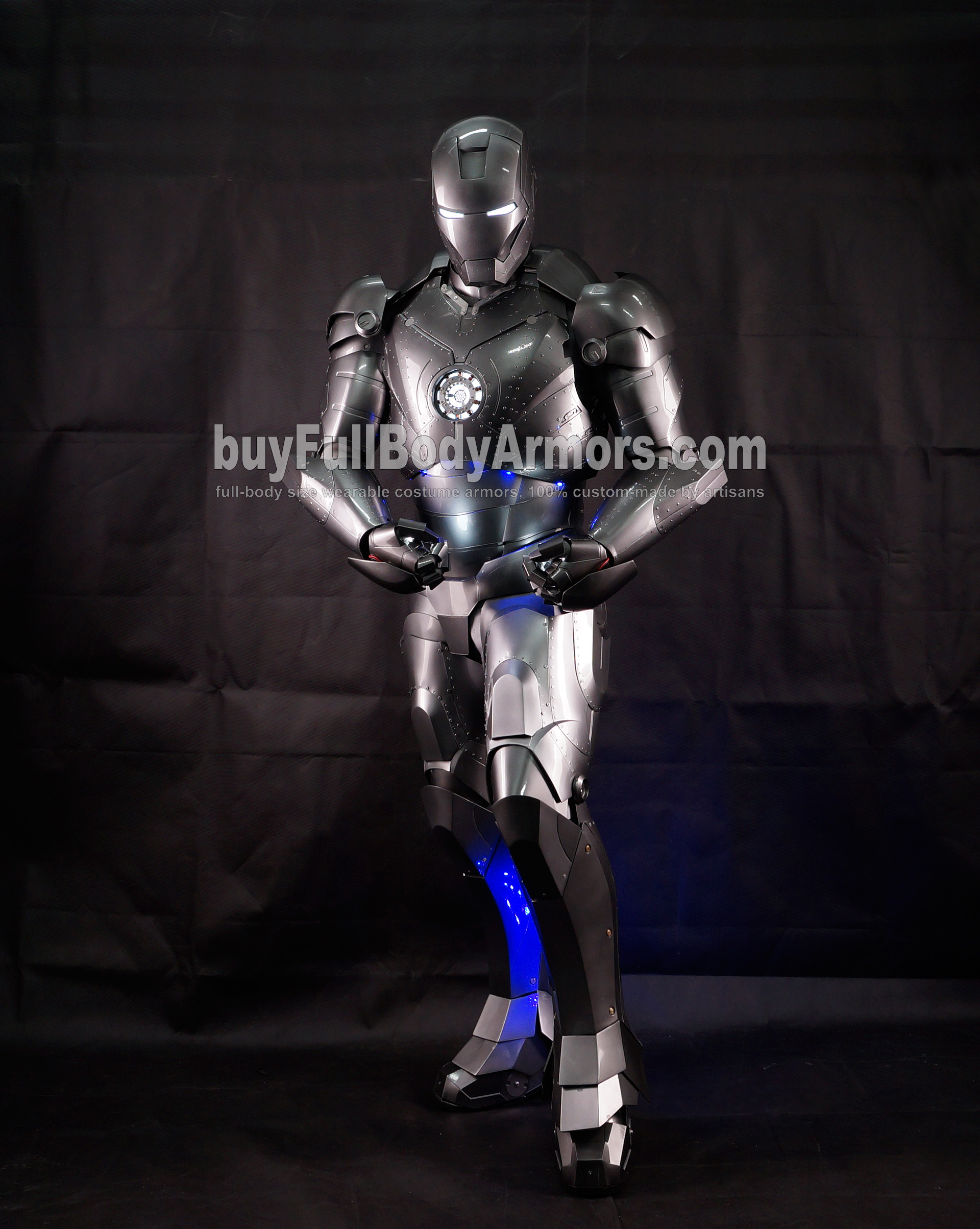

After smelting, the metal is poured into a mold. Cast ironĬast iron is produced by smelting iron-carbon alloys that have a carbon content greater than 2%. In the modern world, railings, doors, and benches are still made from wrought iron as custom pieces. Churches of the 15th and 16th century contain fine wrought iron pieces produced by skilled artisans. Wrought iron has become famous for decorative pieces. However, the use of wrought iron for this purpose was largely abandoned in the early 20th century when steel products were developed with superior performance to iron for construction applications. Its high tensile strength (resistance to breaking when under tension) made it ideal to use for beams in large construction projects such as bridges and high-rise buildings. Hammering iron expels most of the slag from the material and welds the iron particles together.ĭuring the industrial revolution and the associated acceleration of construction activities, a new use for wrought iron was discovered. It is virtually pure elemental iron (Fe) that is heated in a furnace before being wrought (worked) with hammers on an anvil. The first type of iron produced and worked by blacksmiths was wrought iron. Within those, cast iron includes its own family of metals. There are two major types of iron produced: wrought iron and cast iron. Another milestone for metals would follow-the Industrial Revolution changed the way metals were produced and worked into products, including iron. The discovery of iron’s value led to what has become known as the Iron Age, due to the dominance of this material in social and military applications. Every village and town would have a blacksmith’s shop, where sickles, plowshares, nails, swords, candlestick holders, and more were produced. Blacksmiths became a critical profession, working with iron to change its properties and shape the material into tools. The presence of iron in everyday life began in about 1200 BCE, encompassing a wide range of uses from farming implements to weapons of war. View this page en français A versatile metal, cast iron has many unique applications in the commercial and industrial world Cast iron has excellent castability due to the combination of high carbon content and silicon.


 0 kommentar(er)
0 kommentar(er)
